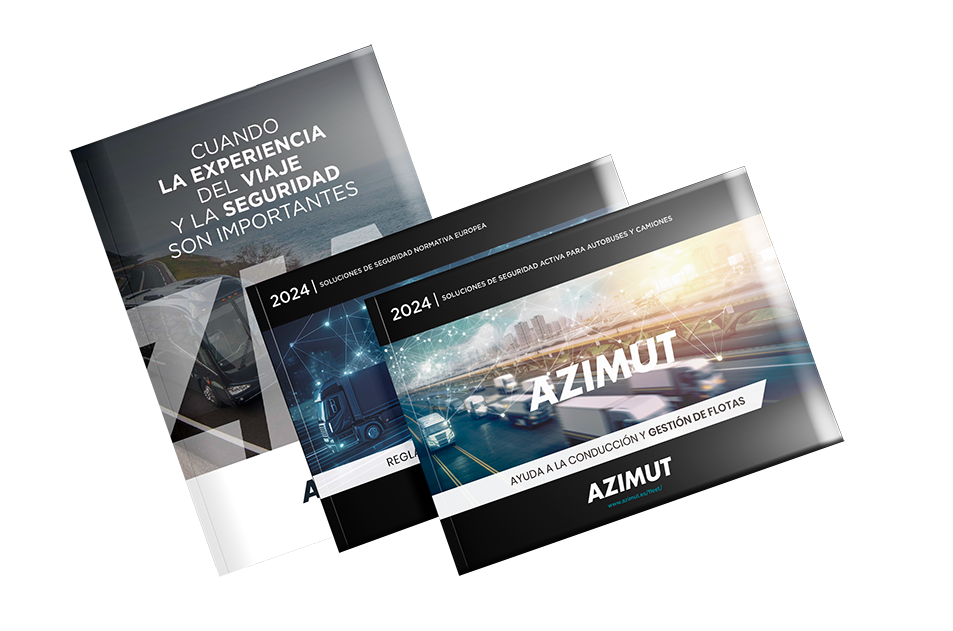Advantages of the digital rear-view mirror compared to conventional mirrors
The digital rear-view mirror is a game-changer – read how in this article.
One of the biggest challenges faced by bus drivers or HGV drivers in general is visualisation of objects that are out of the driver’s direct line of vision. Different types of rear-view mirrors are used for this purpose, which, depending on the type of vehicle, are mandatory or optional, as regulated by European Regulation No 46 (R46).
Helps eliminate blind spots
When driving this type of vehicle in particular, there are certain situations, such as making tight turns or reversing, when it’s very helpful to be able to see as much as possible, and to eliminate any blind spots. To do this, the digital rear-view mirror helps us visualise everything around us in much more detail and from various angles.
In addition, buses encounter many situations in low-speed areas, for example, in a city or small town, where traditional mirrors may not be enough to have good visibility. The digital rear-view mirror relies on the monitor to see how close approaching vehicles are, visually indicating where each vehicle is, allowing for much safer manoeuvring, for example, when overtaking.
Optimal visibility for safer driving
Another important point with the digital rear-view mirror is that it allows you to avoid the reflections or glare caused by sunlight at certain times of the day or lights from other vehicles at night – you can reduce the brightness or contrast that appears on the monitor automatically, enabling better, safer driving.
In addition, camera sensors mean you get a much better image during night-time conditions than when using a mirror. With large sensors, very little light is required to be able to see the image in optimum conditions.
A very common problem is driving in rainy conditions. Traditional mirrors are often blurred by water droplets, so vehicles cannot be properly seen in these conditions. This doesn’t happen with a digital rear-view mirror because it is better protected and also has lenses that prevent fogging or misting.
Savings on fuel and repairs
The cost saving provided by these systems is also significant for bus companies, and in this case, digital rear-view mirrors provide a great benefit in two situations:
- Aerodynamic efficiency: The digital rear-view mirror is much more aerodynamic than traditional mirrors. This results in fuel savings for the vehicle.
- Maintenance costs: As they are much more compact, they are much less exposed and the chance of being hit is much lower, which leads to considerable savings in spares and replacements. And because they are more compact, they don’t block the driver’s front or side visibility as much, allowing the driver to see more in all situations.
The digital rear-view mirror brings innovation and benefits
In summary, we can say that the digital rear-view mirror brings a number of benefits to the important scenario of driving, both in terms of improving vehicle safety as well as saving costs. It therefore represents a major innovation in the future of passenger transport or cargo vehicles.

